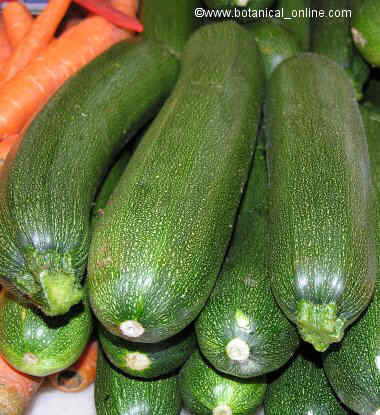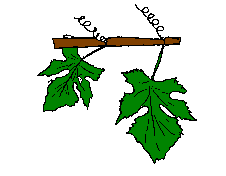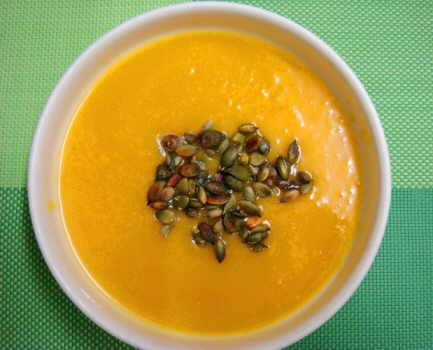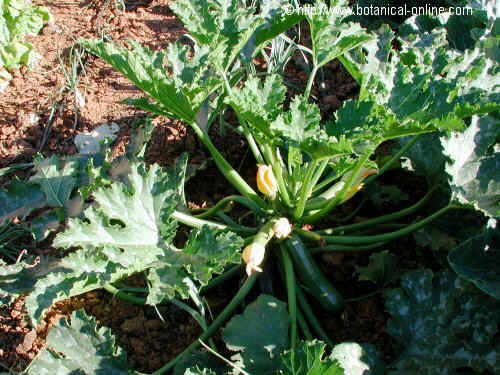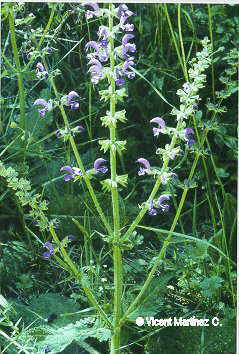Contents [show]
Main pests and diseases of passionflower
Main pests of passionflower
The main pests of passionflower are:
- Red spiders: They are mites belonging to the genus Tetranychus. They feed on the leaves which suck with their specialized mouths. All this produces the yellowing of the leaves and their subsequent fall. They should be treated with acaricides.
- Diptera and Hymenoptera: Mainly flies. As Silba pendula whose larvae feed on fruits. Proper treatment involves the elimination of infected material or biological combat with a predator, the use of the wasp Biosteres longicaudatus.
- Passionfruit flower-bud fly (Dasiops sp) attacks the floral buds preventing them from developing. The fruit fly (Anastrepha sp) attacks the fruits making them useless for consumption or for sale.
Within the hymenoptera, it is necessary to emphasize the stingless bee (Trigona spp.), A bee that is generally very beneficial as a pollinator but, abounding too much, it attacks the young leaves and the flowers causing great damages and favoring the establishment of fungi.
- Other insects: Other insects that can attack the passion fruit are: the leaf-footed bag (Leptoglossus sp): it attacks the floral peduncle so it does not let the fruit increase in size. Western flower thrips (Frankliniella occidentalis, Trips tabaci lindeman) feed on the buds, preventing the growth of plants.
The treatment of these pests with insecticides is very problematic because on this species of insects depends pollination to achieve abundant fruiting. In case chemical treatments are specified, it should be taken into account which products may affect the beneficial species less, and at what time of the day they should be applied to cause the least possible damage.
Main diseases of passionflower
The main diseases of passion fruit are:
Diseases caused by fungi
- Root decay of the root necks: This is produced by the fungus Fusarium wilt of passion fruit (Fusarium oxysporum passiflorae) that attacks the roots causing their rotting and determines that the leaves turn yellow and the plant withers. The disease causes a weakening of the roots that show a characteristic reddish color.
Among the best measures of prevention is to provide the crops with adequate drainage since the accumulation of water in the roots is the main cause of this problem. In the same way, the soil should be kept free of weeds to avoid that the fungi can be installed in the same. Also fumigations with copper sulfate or the addition of lime into the hole at the time of planting can prevent it.
- Black scap (Cladosporium herbarum) This is another pathogenic fungus that causes warty lesions on the fruits. The treatment involves the fumigation with copper sulfate and lime at the time of fruit formation.
- Anthracnose: It is a fungal disease caused by the fungus Colletotrichum gloeosporioides that affects both fruits, leaves or branches. In the fruits produces sinks that reach the inner part of the fruit causing the fall. It can also attack the edge of the leaves causing light spots of about 5 mm in diameter with a darker border or branches on which chancre.
Among the main methods of prevention are pruning to achieve greater aeration and all appropriate measures to facilitate greater drainage. Treatment involves the use of chemical measures with appropriate fungicides.
Passionflower diseases caused by bacteria
- Oily spot: This is caused by the bacterium Xanthomonas campestris pv. Passiflorae. It produces oily stains on olive leaves. The bacteria can also cause wilting by internal plant obstruction. The leaves fall, the buds dry and the plant is damaged.
The main prevention methods are the use of healthy seeds and cleaning tools, especially those used for pruning. The treatment involves the use of copper oxychloride.
Diseases caused by viruses
Among them are:
- Fruit hardening virus: (PWF = Passion fruti Woodines Virus). It is a virus transmitted mechanically or through aphids (Myzus persicae, Aphis gossypi). It produces deformation in the fruits. These are shown smaller and harder, with less pulp and more shell.
- Cucumber mosaic virus: CMV affects even more plants than the previous virus (about 190 plants). It is so named because it was discovered for the first time in 1934 on cucumbers, although it can affect other plants so well known as melons, pumpkins, tomatoes, carrots, spinach, beans, celery, etc. Numerous flowers are also affected by this virus.
The most characteristic symptoms are leaf mottling, circular spots, dwarfism and distortions of fruits and flowers. The most characteristic is the elongation and narrowing of the leaves that, instead of presenting true leaflets, are rather reminiscent of tendrils. The fruits appear stunted and have no commercial value.
The transmission vector consists of aphids and some herbs such as cuscuta. There are over 80 species of aphids that can transmit this disease, including green peach aphid (Myzus persicae)..
There are no varieties resistant to this type of mosaic so it is necessary to adopt adequate prevention to prevent infection.
Other viruses that affect passion fruit are yellow mosaic virus or passion fruit rickets virus.
![]() More information on passionflower
More information on passionflower

